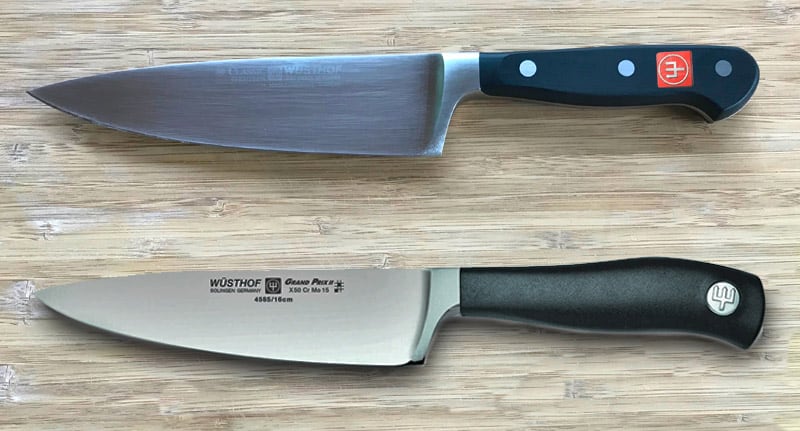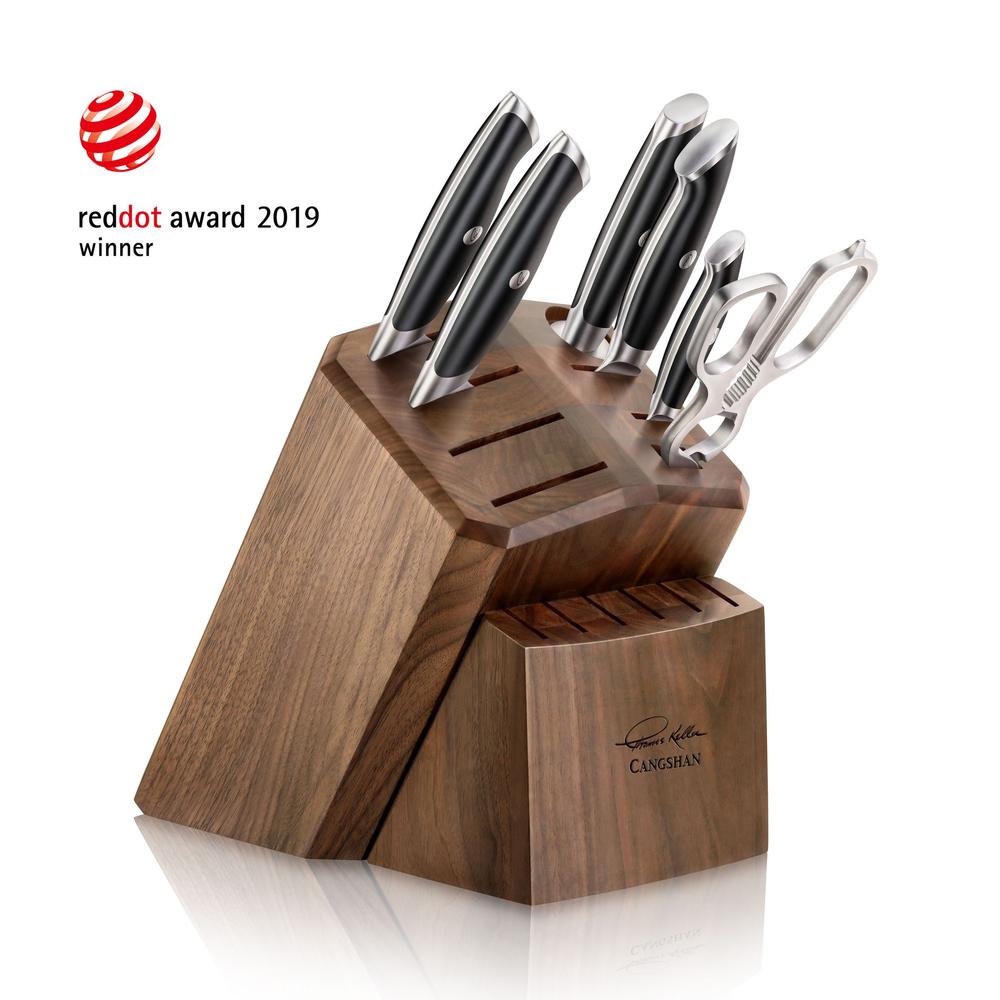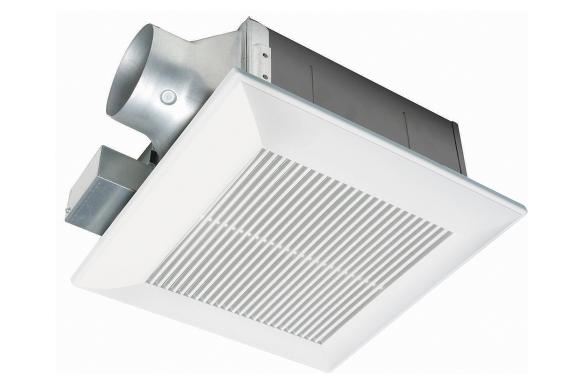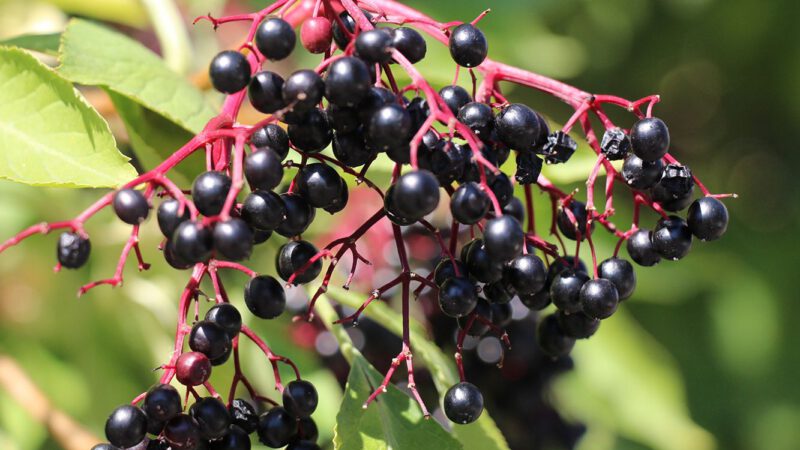Wusthof vs Cangshan knife review
Buying kitchen knives shouldn’t be taken lightly. The right knives will last you for a very long time and give you tons of satisfaction as you prepare food in your kitchen.
In this article, we’ll take a look at two lines of knives, Wusthof’s Classic and Cangshan’s SG2 series, to see what makes them different. Let’s get right into it.

Image Credit: http://prudentreviews.com
Wusthof vs cangshan
Wusthof has been around for many years and as a company, they’ve always made knives in Solingen, Germany. While Cangshan is a much younger company, it also produces its knives in the same city – a city known for its knifemaking.
A good knife will stay on top of your kitchen for decades and will also make cooking very easy. When it comes to Wusthof vs Cangshan , you will need to look into what you want in a knife.
Wusthof knows its knife game well and has satisfied some of the best cooks in the world. However, the variety of Cangshan knife benefits are also worth exploring. For this comparison, we’ll compare the disadvantages and advantages of each manufacturer to make sure you can easily decide what product is right for you.
re Wusthof Knives good?
All Wusthof knives are forged. Cangshan Knives are laser cut from a steel skeleton then sharpened and heat-treated. All razors went through rigorous heat treatment in six stages that took more than two years to develop. The currently hot process provides a 16-degree angle, making these blades sharp and durable enough to resist chipping and breaking. Each knife is carefully tested numerous times to assure excellent quality and is meticulously serrated by passionate blade makers. The TG Series W Series and P2 Series are forged while most of the collection is stamped. The classic Ikon Knife includes double bolstering.
Brand comparison between Cangshan and Wusthof
Both Cangshan and Wusthof make knives that look almost the same. Beyond appearances, they share a lot of similarities but do have many differences. Despite using German steel both of them have similar German steel to CangShan.
Cangoshan sells knives to more than 20 stores all over the world. However, Canghans still have less experience doing so and since they manufacture in China, they have very little experience when compared to Wusthof.
Wusthof vs Cangshan Design
The Wusthof knife celebrates German tradition. It is especially emphasized in its Classic collection. Cangshan Japanese knife uses African blackwood handles for wood construction. The N1 series uses a hollow steel handle that provides optimal balance, aesthetics and comfort. The X series boasts an elegant look. Its geometrically curved handle and design provide a natural grip.
The Classic ikon Creme knife is also a conversation starter thanks to the sleek cream color. It celebrates tradition with triple rivets and an uncovered tang but this handle is a talking point.
Wusthof vs Cangshan Sharpness
Wusthof’s knives are sharpened to about 14° of vertical thickness but are hard enough to slice up meat and root vegetables. A group of researchers spent almost two years building the heat treatment of the blades’ edges while keeping them sharp.
Although the edges have slightly different angles, they both provide very durable knife blades that keep their sharp edge longer. Both manufacturers emphasize sharpness and retention.
Size, weight and balance of Wusthof vs Cangshan
Chef’s knives should see their center of mass just at the shoulder – the point where the knife and handle meet. A cleaver is small enough to have one large section with a weight of the majority attached. A paring blade usually has a blade smaller and lighter than its handle to deal with tricky tasks. A bigger and heavier chef knife will fit the hand better, especially when the user is a person with particularly large hands. If you have small hands or weak wrists, you can reduce the length and weight, but not the thickness. Blades with thinner blades are less durable and might bend during cutting incredibly strong materials.
Wusthof vs Cangshan Durability
Wusthof knives can last up to 60 years, but if they are cared for properly, you might get the same amount of time. Cangshan Knives are made from high-quality German steel and should last at least 40 years. Even though some of these knives have been used in professional kitchens all over the world and recognized for its design, it is still necessary to keep them sharp and clean.
Good customer service
Wusthof will always provide excellent customer service. Knives are sharpened and fixed for free if needed and they offer discounts for people who send their knives to the factory to be re-sharpened.
Cangshan does not have a good reputation when it comes to its customers’ needs, but more recently all knives are sharpened for free if they are sent back to the factory.
Cangshan vs Wusthof – Price and Warranty
For a durable kitchen knife that can withstand a lot of punishment, you will need to pay more for either Cangshan or Wusthof knives. If you want the best bang for your buck in terms of durability, Cangshan is a more economical choice. For Wusthof knives, you should pay great attention to the warranty conditions and make sure that your knife will be repaired or sharpened for free if it breaks.

Image Credit: http://cangshancutlery.com
Final thoughts on Wusthof vs cangshan knives
In conclusion, all of the knives are highly rated and praised for their durability. Even after a long time, the edges remain sharp enough to slice paper from a fresh roll. Of course, this is not a good indicator of how sharp the knife will be when you start cutting vegetables or meat. Even though both Wusthof and Cangshan have proven themselves over and over in the knife market, when buying an expensive knife – especially if it is made from metal alloy – make sure you check the performance of various brands before purchasing.
Finally, if you’d like to learn more about other types of knives, check out our German Kitchen Knives review as well as our Misen knives review
The post Wusthof vs Cangshan knife review appeared first on Kitchen Infinity.


![13 Top Manufacturers of Luxury Vinyl [LV] Flooring](https://www.ilovethelovekitchen.com/wp-content/uploads/2021/12/Vinylwoodfloor-GettyImages-1086734442-54734c8c0a9a40f681ce97fa7deac657-1-800x450.jpg)



